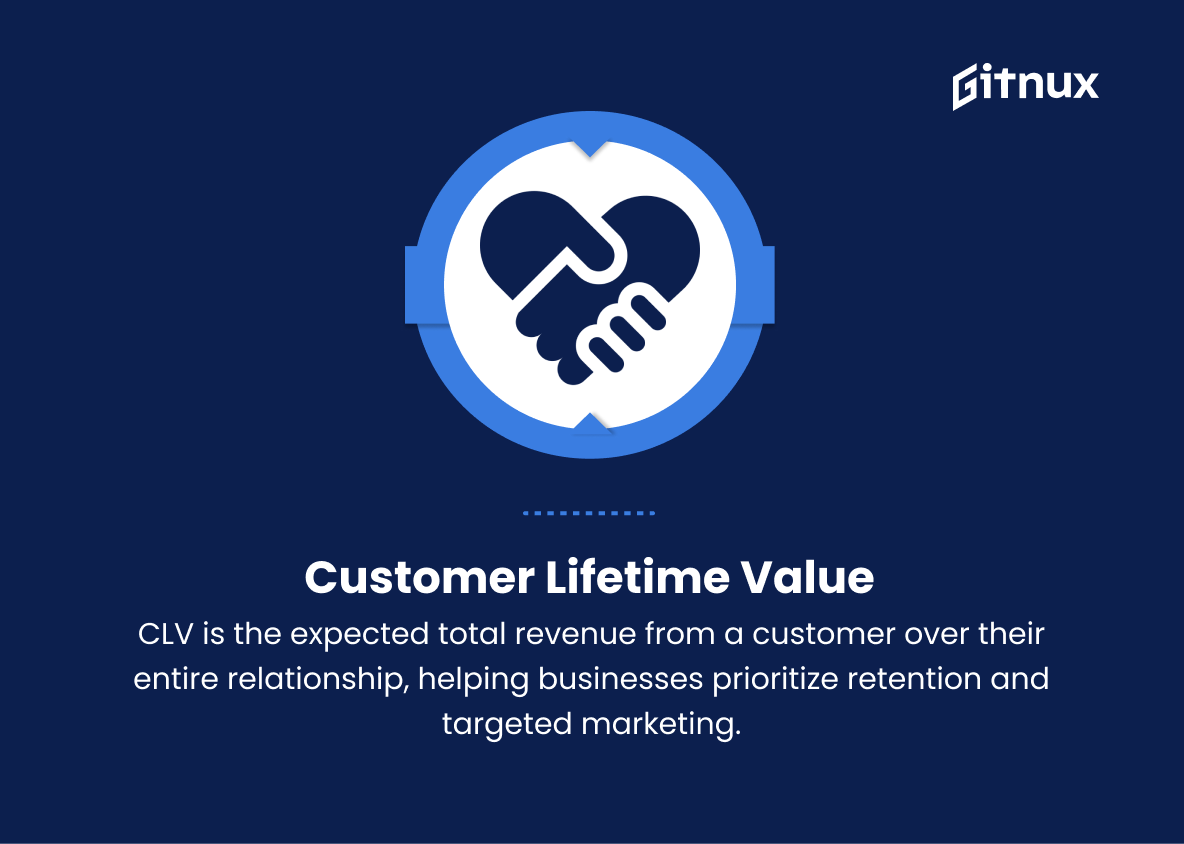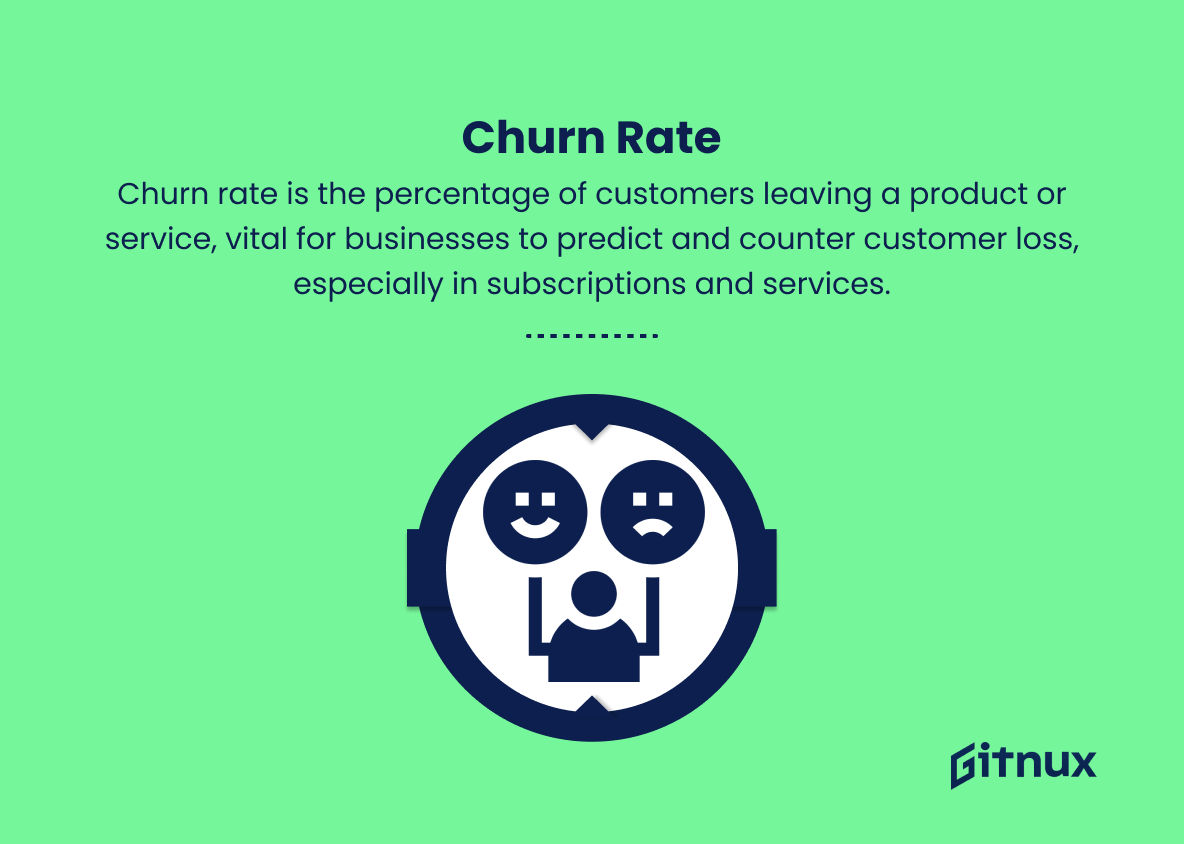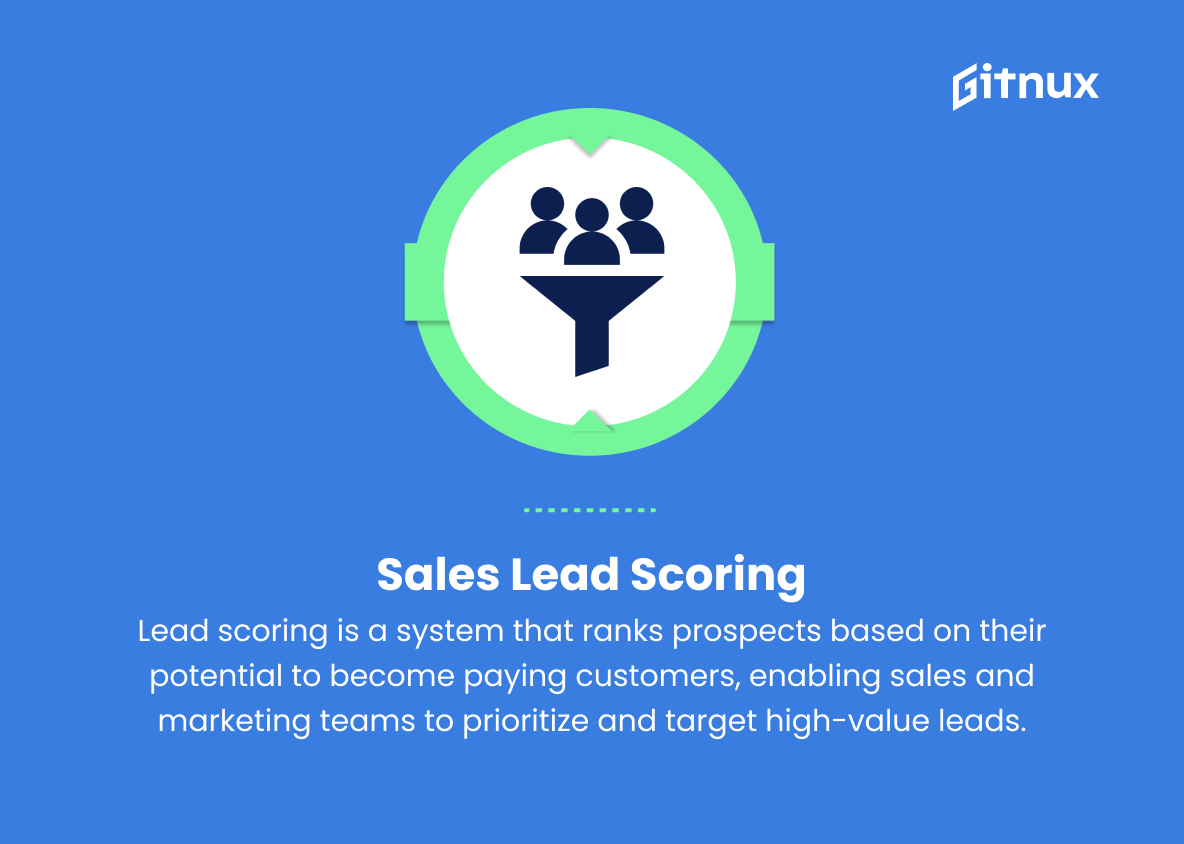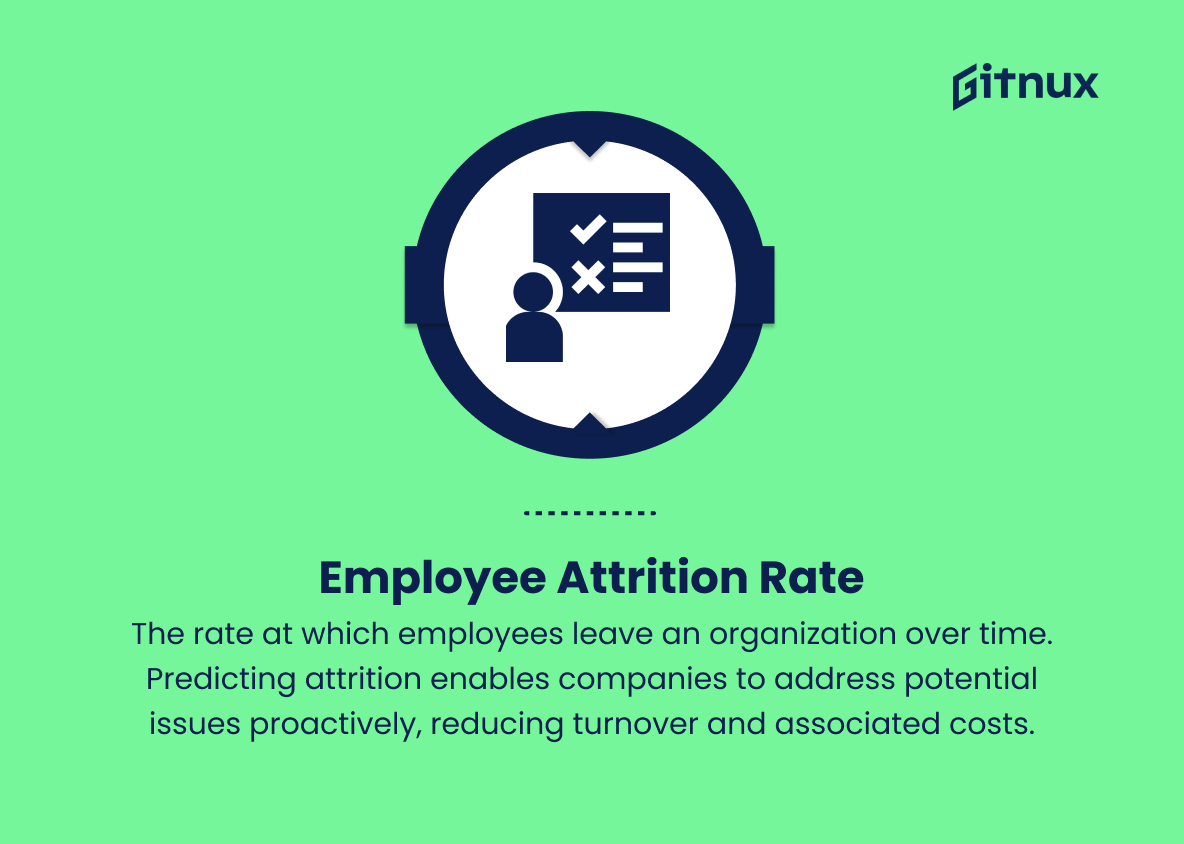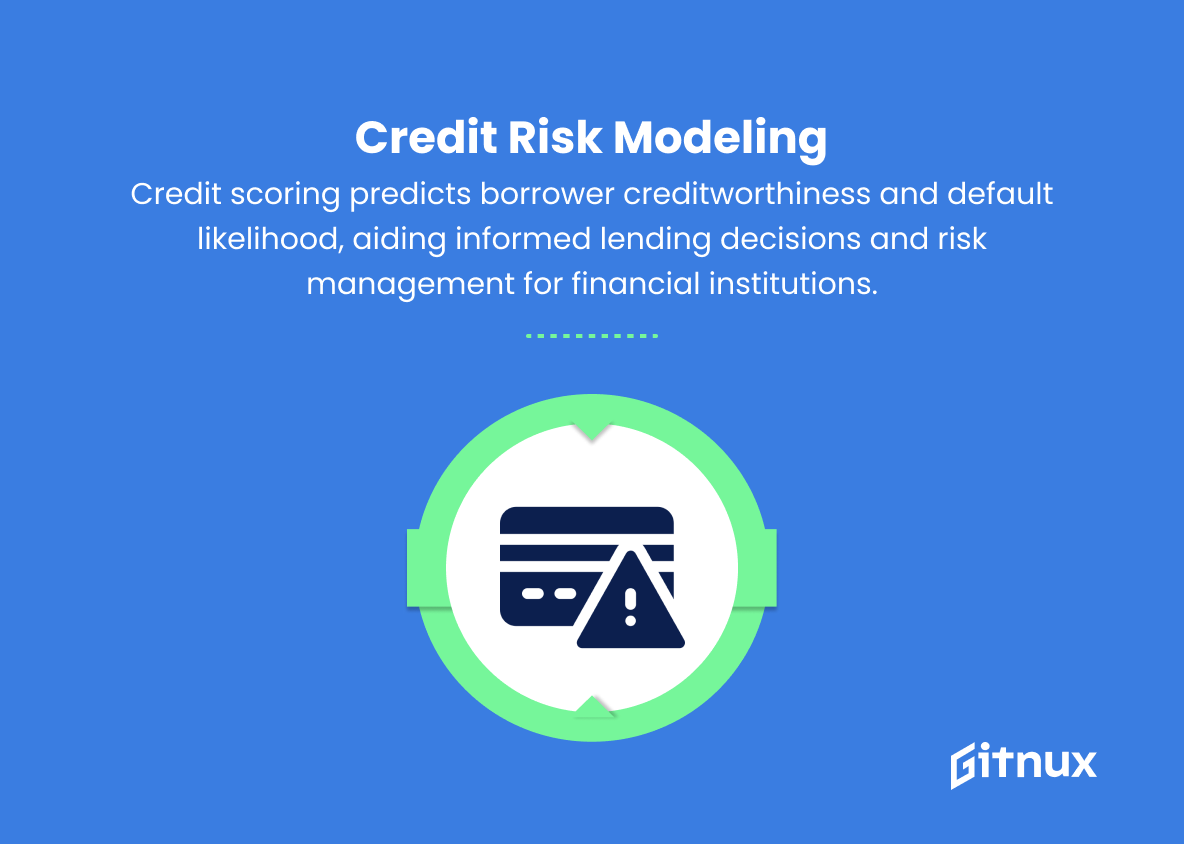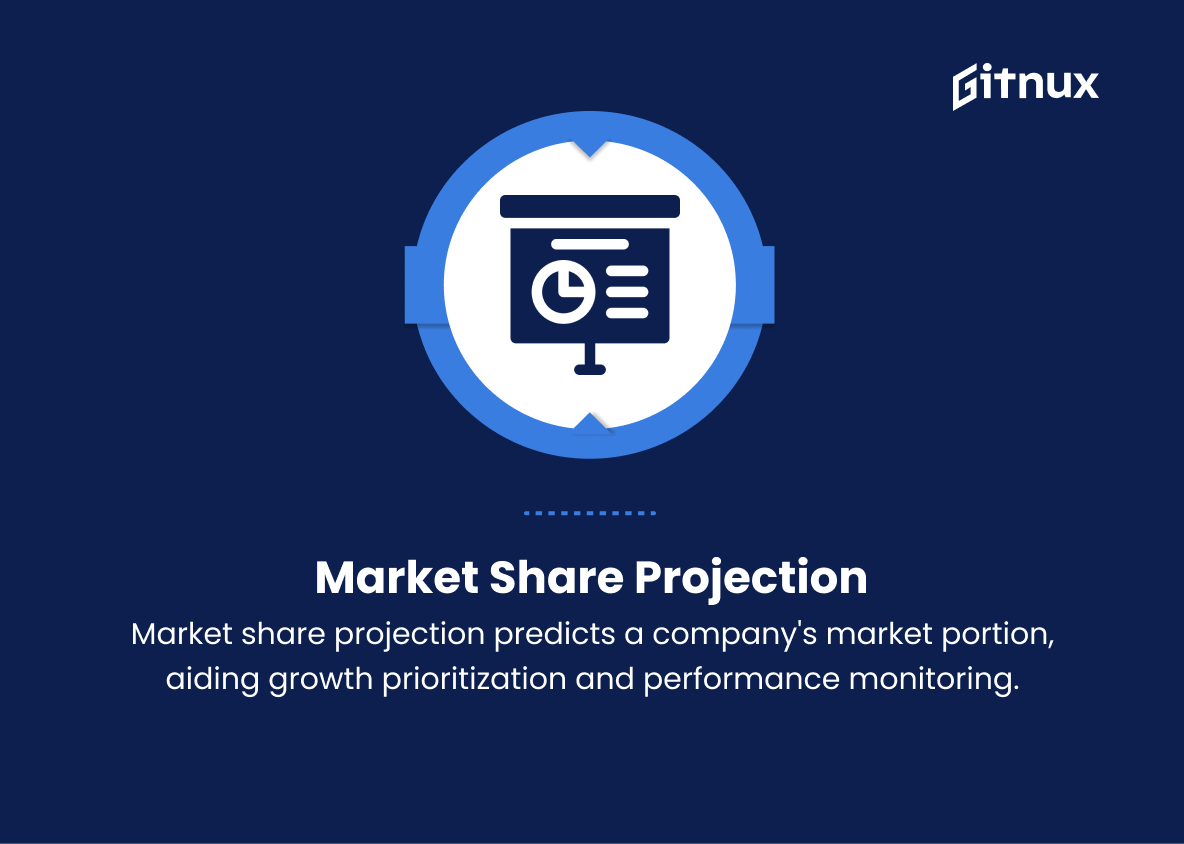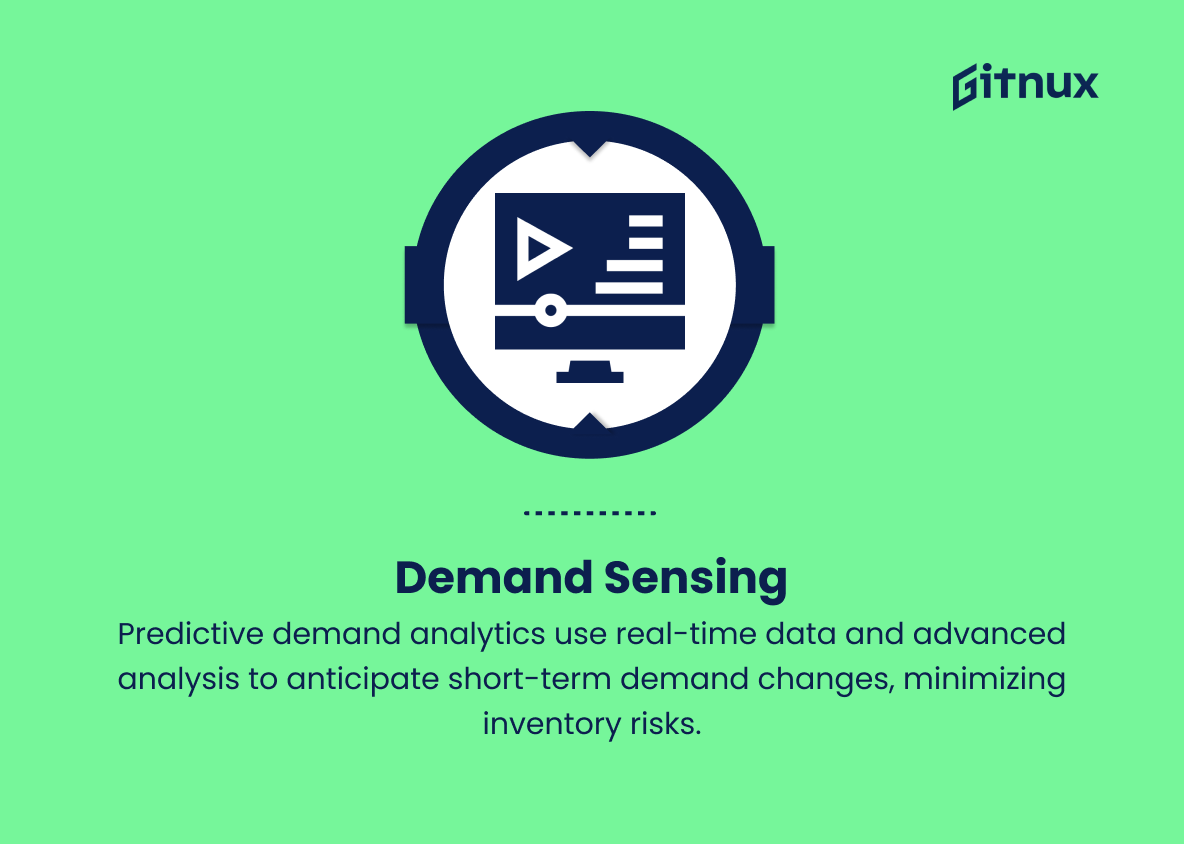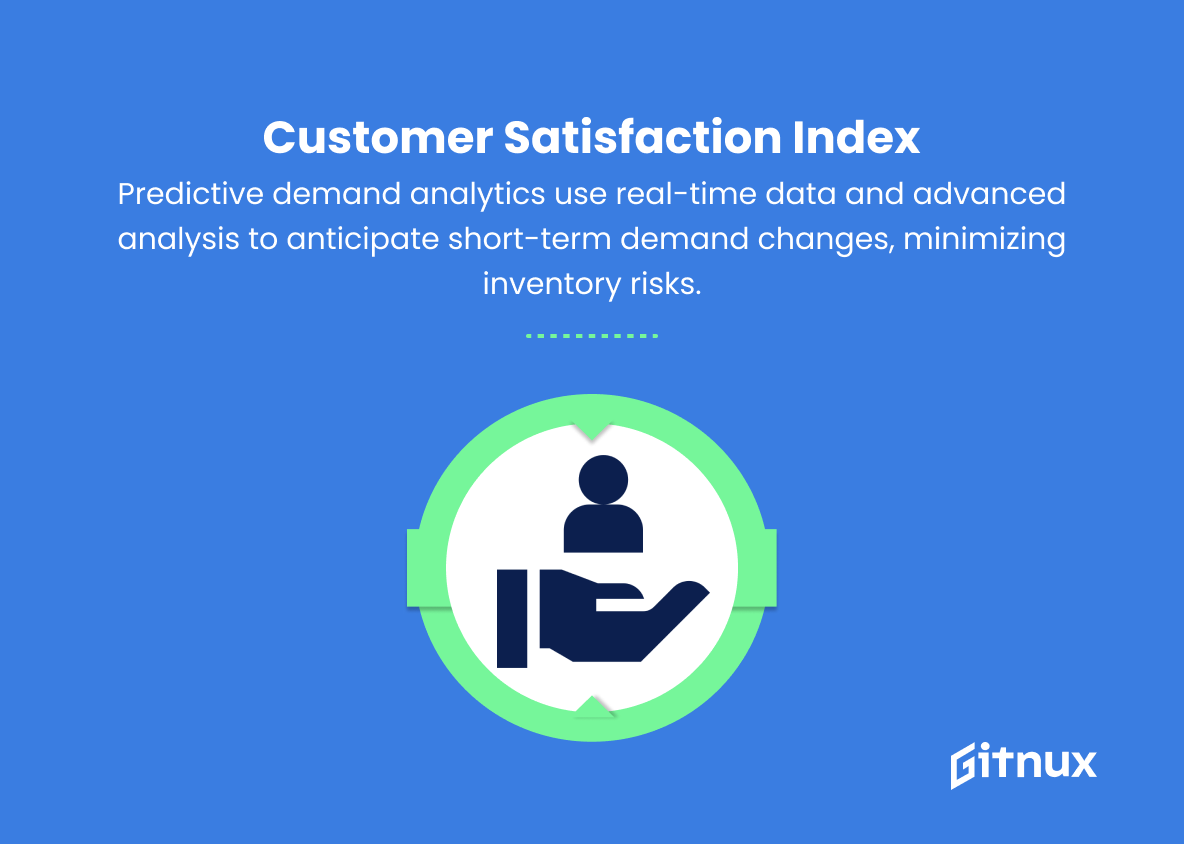In an increasingly data-driven world, the ability to make strategic decisions based on thorough analysis has become paramount for businesses across various industries. One such analytical tool that has gained significant traction in recent years is Predictive Metrics. With the power to unearth valuable insights from historical data and forecast future trends, this transformative approach is revolutionizing the way organizations navigate their decision-making processes.
In this comprehensive blog post, we will delve deep into the world of Predictive Metrics, uncovering its core components, significance in driving the success of modern enterprises, and providing practical examples to demonstrate its efficacy in a variety of scenarios. Join us as we explore the intricate landscape of predictive analytics, unveiling the immense potential it holds for shaping the path to long-term growth and prosperity.
Predictive Metrics You Should Know
1. Customer Lifetime Value (CLV)
An estimate of the total revenue a business can expect from a single customer throughout the entire business relationship. CLV allows companies to focus on customer retention and target marketing efforts to high-value customers.
2. Churn Rate
The percentage of customers who stop using a product or service over a given period of time. This metric is crucial for businesses, especially subscriptions and service-based companies, to predict and mitigate customer loss.
3. Sales Lead Scoring
A system for ranking prospects based on their likelihood to convert into paying customers. This metric helps sales and marketing teams prioritize their efforts and focus on high-potential leads.
4. Demand Forecasting
The process of estimating future demand for products or services based on historical data, market trends, and external factors. This metric allows businesses to optimize inventory, resource allocation, and production planning.
5. Employee Attrition Rate
The rate at which employees leave an organization over time. Predicting attrition enables companies to address potential issues proactively, reducing turnover and associated costs.
6. Credit Risk Modeling
A method for assessing the creditworthiness of borrowers and predicting the likelihood of default. This metric helps financial institutions make informed lending decisions and manage risk exposure.
7. Market Share Projection
The prediction of a company’s share of the total market based on competitive analysis, industry trends, and growth opportunities. This metric helps businesses prioritize growth initiatives and monitor their overall performance.
8. Sales Forecasting
The process of estimating future sales based on historical sales data and external factors. This metric enables businesses to plan their sales activities, allocate resources, and set achievable sales targets.
9. Customer Churn Prediction
A model to identify customers at risk of canceling their subscription or discontinuing product usage. This metric allows businesses to develop targeted retention strategies and improve customer satisfaction.
10. Predictive Conversion Rates
An estimation of the likelihood that a prospect will complete a desired action, such as making a purchase or signing up for a service. This metric helps businesses optimize their marketing efforts and conversion funnel to drive revenue.
11. Demand Sensing
The use of advanced analytics and real-time data to predict short-term changes in demand. This metric allows companies to respond quickly to market fluctuations, reducing the risk of stockouts or excess inventory.
12. Customer Satisfaction Index (CSI)
A predictive metric that quantifies customer satisfaction based on surveys, product usage, and other data points. The CSI helps businesses anticipate customer needs, tailor their products or services, and address issues before they escalate into churn.
Predictive Metrics Explained
Predictive metrics play a vital role in driving business success by helping companies make data-driven decisions and better allocate their resources. Customer Lifetime Value (CLV) enables businesses to focus on customer retention, target marketing efforts, and prioritize growth initiatives. Churn Rate and Customer Churn Prediction metrics allow businesses to predict customer loss and develop targeted retention strategies. Sales Lead Scoring and Predictive Conversion Rates help optimize sales and marketing efforts by focusing on high-potential leads and prospects most likely to convert.
Demand Forecasting, Demand Sensing, and Sales Forecasting provide valuable insights for inventory and resource management, helping businesses respond effectively to market fluctuations. Employee Attrition Rate helps companies proactively address potential workforce issues, while Credit Risk Modeling aids financial institutions in making informed lending decisions. Market Share Projection and Customer Satisfaction Index (CSI) provide businesses with insights into their competitive standing and customer expectations to support ongoing growth and customer satisfaction.
Conclusion
In the ever-evolving landscape of data-driven decision-making, predictive metrics have become an essential tool for businesses and organizations to stay ahead of the curve. As we’ve explored throughout this blog post, the power of predictive analytics lies in its ability to analyze past trends, identify patterns, and forecast future occurrences. By understanding the complex relationships between various factors and making accurate predictions, organizations can proactively strategize, optimize processes, and ultimately drive growth.
However, it is crucial to remember that employing predictive metrics is not a one-size-fits-all solution. It requires a deep understanding of the specific industry, a robust data collection system, and a strategic approach to implementing the insights gained from the analysis. In essence, for predictive metrics to reach their full potential, businesses must be willing to invest in the right tools, expertise, and infrastructure.
As we move forward in this data-driven era, organizations that embrace predictive metrics and make data-backed decisions will undoubtedly have a significant advantage over their competitors. By harnessing the power of predictive analytics, businesses can unlock new opportunities, create innovative solutions, and ultimately thrive in an increasingly uncertain world.
